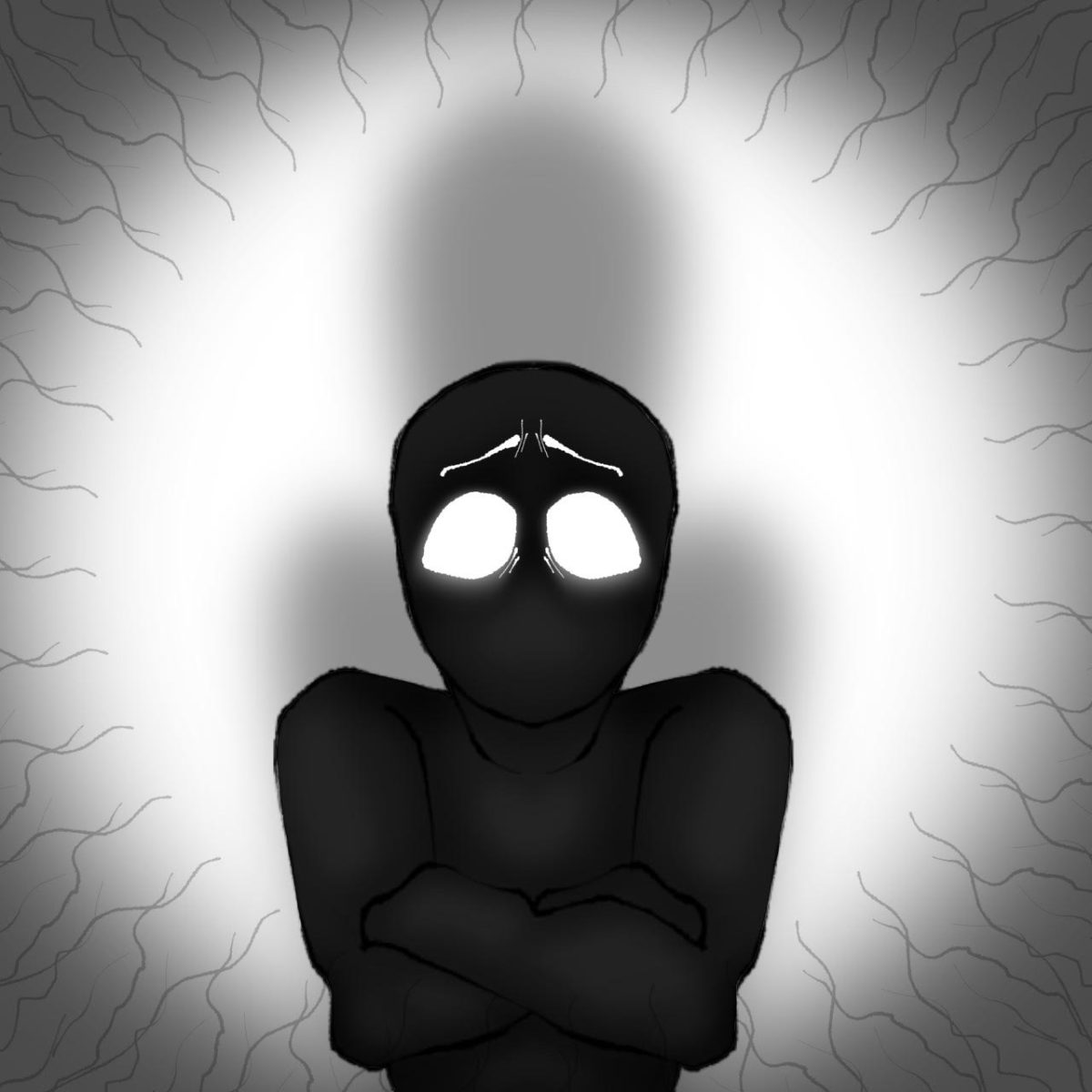
Anxiety comes on a myriad of levels for everyone. For some, struggles with anxiety result in the diagnosis of an anxiety disorder, while others’ struggles, though significant, do not reach that level of clinical concern. Regardless, it’s going to have to be dealt with at school. A student’s mind needs an outlet for anxiety to avoid complications in grades or even social life.
“Left untreated, anxiety disorders can make it hard for students to get schoolwork done or study. It may affect their relationships with peers and teachers, too. In some cases, students with anxiety disorders miss a lot of school days,” states an article in KidsHealth.
A study published in the National Library of Medicine (NLM) reported “anxiety disorder symptoms among students at 40.6% The prevalence rates of mild, moderate and severe anxiety symptoms were found to be 23.9%, 10.9%, and 5.8%, respectively.”
“I actually am diagnosed with generalized anxiety. I try to listen to music with one of my AirPods because I’m very much of a person who doesn’t like other noises,” Mikayla Carrino (12) said.
Anxiety, though, doesn’t have to be a big diagnosis to feel the need to manage it and manage it well. Dealing with anxiety in school more often than not proves a bit difficult though people find their ways regardless. Anxiety can be handled by methods listed in the following:
“In one early study, Dr. Pennebaker asked 46 healthy college students to write about either personally traumatic life events or trivial topics for 15 minutes on four consecutive days. For six months following the experiment, students who wrote about traumatic events visited the campus health center less often, and used a pain reliever less frequently, than those who wrote about inconsequential matters,” reads an article for Harvard Health.
For freshman Payton Harbin, activities such as drawing helps her pay attention.
“Usually I’ll have like a sketchbook or a piece of paper with me to draw, or I’ll keep like small fidget toys just to fidget with to help me listen,” Harbin said.
Students are not the only people in a school setting that struggle with anxiety. Teachers suffer similar emotional struggles.
“Early studies indicated that teachers’ anxiety prevalence ranged from 26% for borderline anxiety, 36% for minimal or no anxiety, and 38% for clinically significant anxiety,” according to the same NLM study.
Teachers tend to struggle with anxiety, too, on their own levels. Even when the student body is under a confident impression given by their teachers.
“Sometimes I think it’s just a constant little thing that’s always with me. I guess I’ve learned to ignore it. And I had plenty of years to deal with it and get used to it,” Kenneth Buswell, McIntosh’s Theater and Drama teacher, said.



